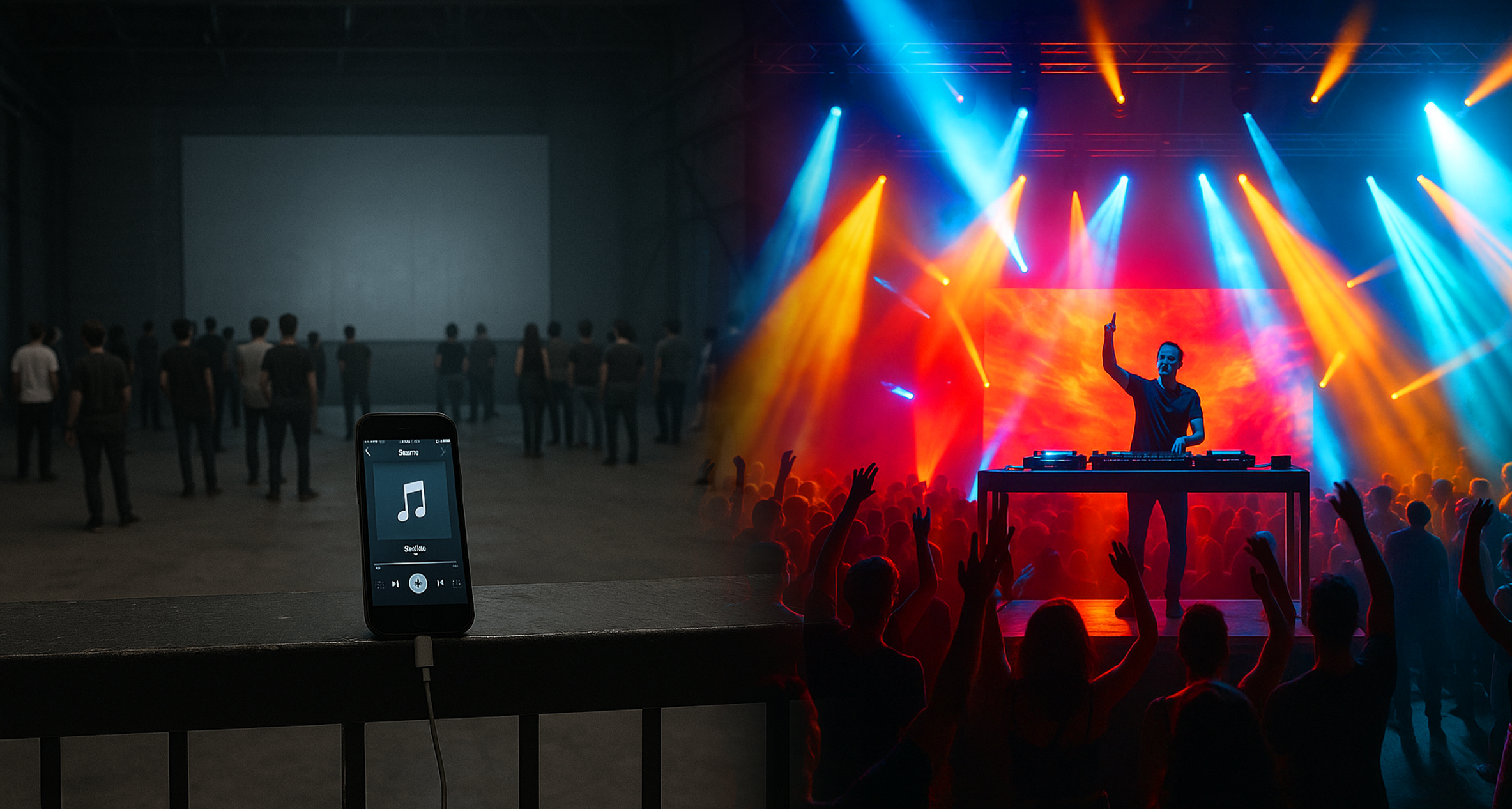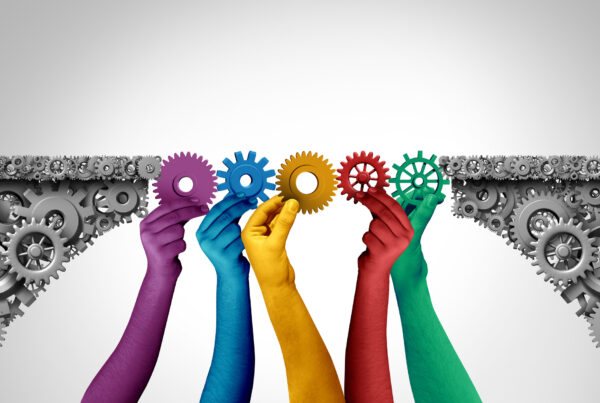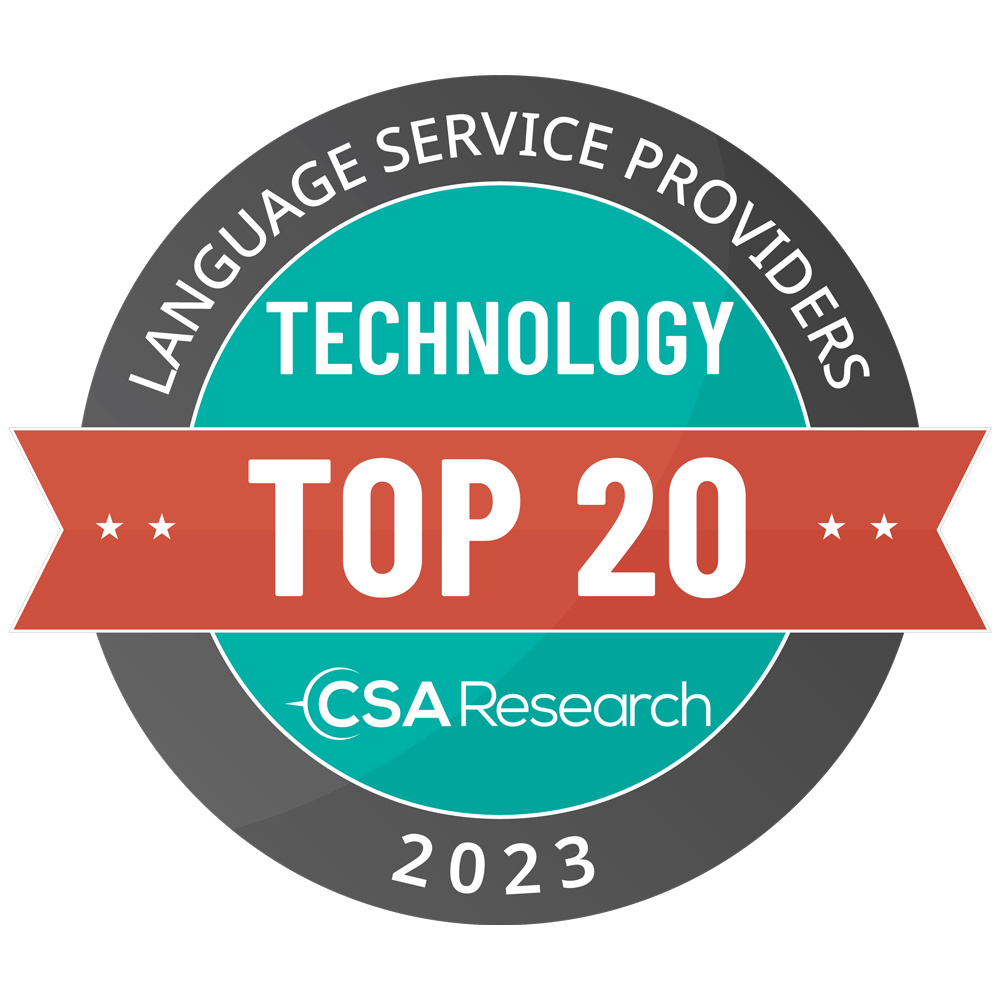
At MediaLocate, we’re shaping the future of media localization by using AI and automation to enhance audio, video, and subtitling workflows. However, understanding the balance between fully-automated and partially-automated “hybrid” methods is crucial for maintaining quality and relevance. We’ll compare the two approaches to music at a party: a shuffled playlist versus a skilled DJ.
Fully Automated AI Media Localization
Fully-automated AI media localization is a process where human involvement is kept to a minimum—usually just uploading a file or clicking a button. From there, the AI autonomously makes decisions on everything from translation tone and voice selection to pronunciation and subtitle formatting, all without human guidance. This is like hosting a party and setting your phone in a corner to play music on shuffle. This automated solution gets you away from the phone, free to mingle with friends. Simple and convenient.
Every party has its own pulse, and the music must match the moment. But your phone can’t read the room. With shuffle, one wrong song could ruin the vibe. Fully-automated AI media localization has its dangers too. Every media localization project hinges on countless creative and technical decisions by the client and the localization team. Although AI can make these decisions faster and more affordably, handing those choices over to AI is risky. Without human oversight, the AI can (and often does) miss the mark: misinterpreting source text, choosing an inappropriate tone of voice, mispronouncing brand names or key terms, or even generating outright misinformation.
We see this most often with platforms promising turnkey, fully automated localization. The idea of turning one piece of content into many languages with just a few clicks is tempting—but the tech still has a long way to go, especially when it comes to voice generation. Much of the development in this area is still Anglocentric, so non-English pronunciations, accents, and interpretations of the content can often sound off—or worse, make no sense at all.
One-click playlists and fully-automated media localization are convenient, but be careful! Don’t press shuffle on your brand’s voice and credibility.
Hybrid Media Localization: Humans in the Loop
Hybrid media localization mitigates the risk by keeping humans fully involved—guiding, correcting, and optimizing AI every step of the way. The AI might help speed things up, but it doesn’t operate on autopilot. Instead, we use it as a tool, steering it through ongoing prompt refinement, creative decisions, and careful quality control to make sure it delivers exactly what’s needed. Our translators, editors, engineers and content specialists guide the AI through continuous prompt engineering, feedback loops, and targeted adjustments to ensure that outputs align with brand voice, cultural nuance, and contextual accuracy.
Hybrid localization is like a skilled DJ. The best DJs don’t just hit play on a preset playlist. They read the room, adjust the tempo, and blend tracks to sustain energy in the room. They know when to drop the bass, add in a melody, and surprise listeners with something fresh. They don’t just follow the vibe, they create it.
DJ’ing is a synergy of humans and machines, where the DJ is the conductor of their own tech orchestra. Likewise, we orchestrate AI media localization workflows with our own custom-built tools that overcome common pitfalls and elevate the final result. This method extends beyond text translation to encompass video generation, voice synthesis, pronunciation coaching, and more. AI handles the heavy lifting—drafting, transcribing, voicing, or subtitling—while humans steer it toward excellence through iterative refinement.
Risks and Rewards of AI in Media Localization
| Aspect | Fully Automated AI | Hybrid Method |
| Efficiency | Efficient, if you don’t need to constantly regenerate due to errors | Potentially more efficient, since expected errors are pre-emptively corrected and models have been trained and fine-tuned on specific content |
| Cost | Lower costs due to reduced human involvement | Slightly higher costs, but greater value from quality assurance |
| Accuracy | Risk of errors and cultural misunderstandings | High accuracy and cultural relevance assured by human oversight |
| Scalability | Easily scalable for large volumes of content | Scalable, with adjustments for quality control |
| Relevance | May lack cultural context or nuanced understanding | Human input ensures localization is culturally and contextually appropriate |
Conclusion:
While fully automated AI offers advantages in speed and cost, it’s like setting your phone to shuffle and hoping for the best. In contrast, the hybrid method is like a skilled DJ making magic of every musical moment. Ultimately, the right approach depends on project needs and the value placed on quality and contextual understanding.











